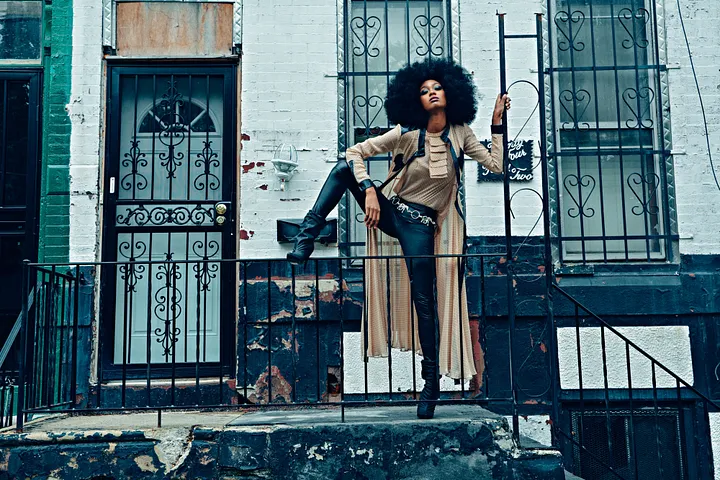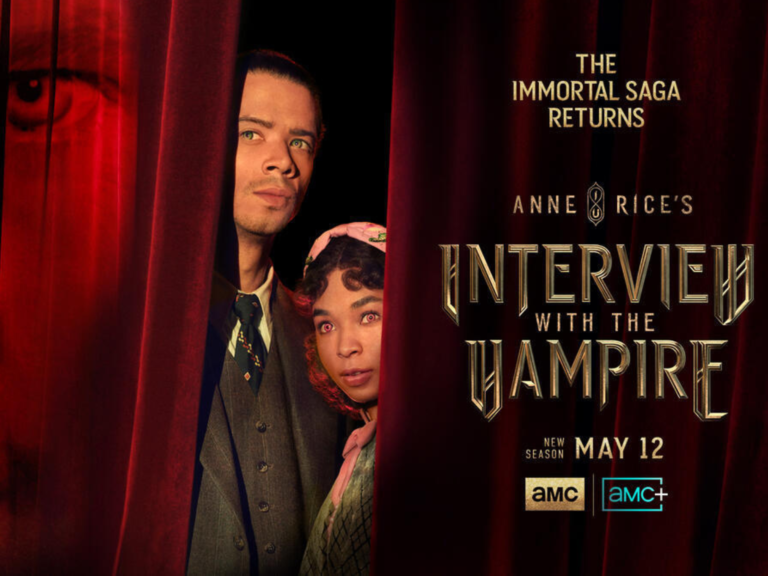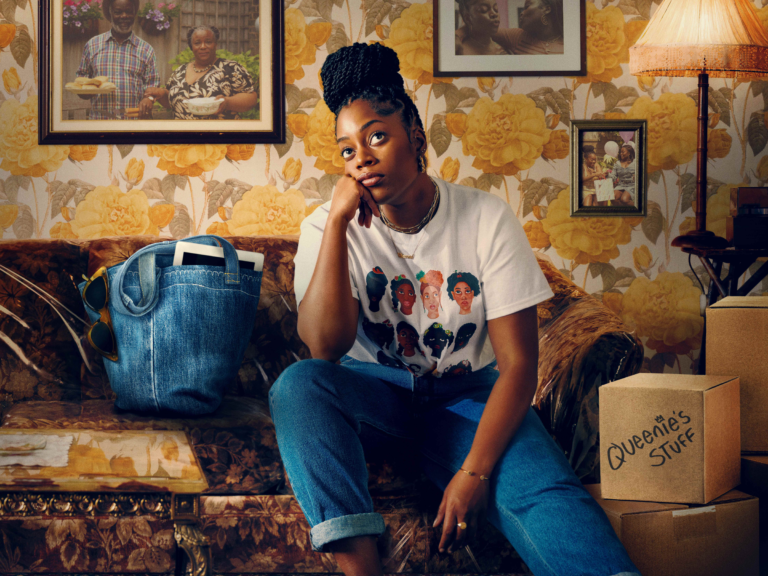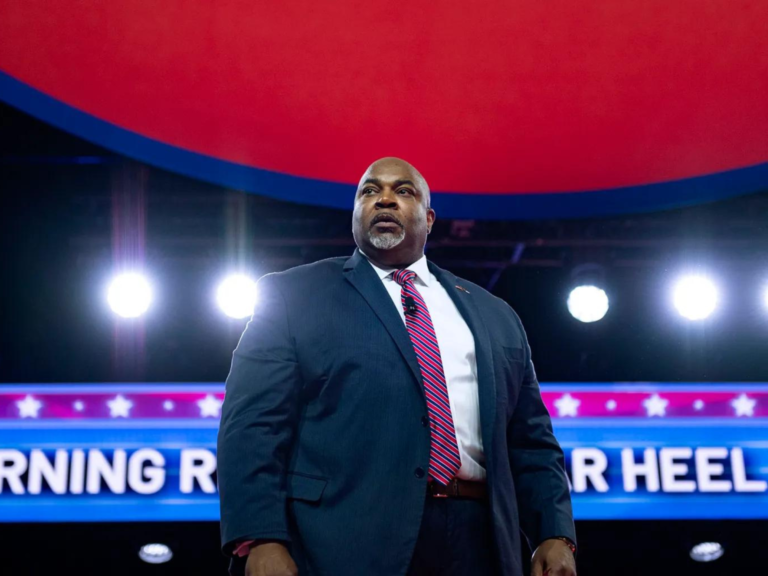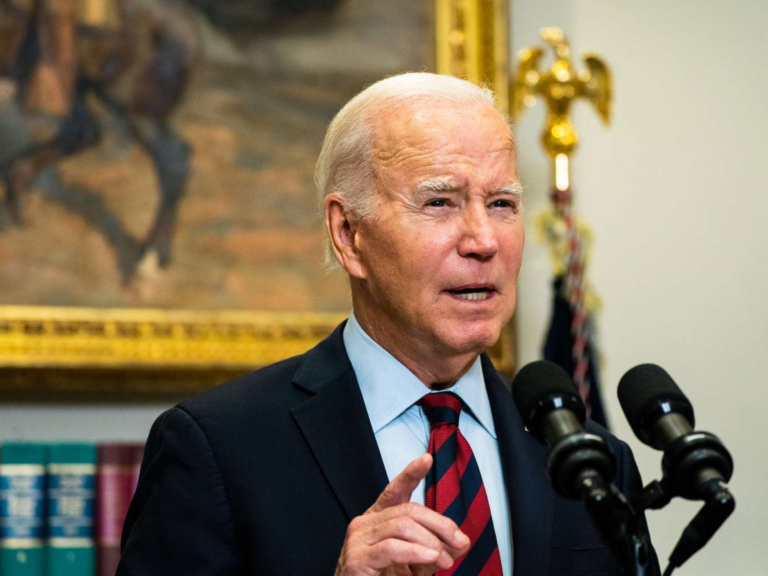How Black Film Influenced 70s Style
Originally published in Vogue Italia in 2015, This essay explores the Black film genre of the 1970s and its influence on the 70s from the perspective of style and empowerment.
Photographed by Marcus Derricotte
Video by Wolf Mearns
Styled by James R. Sanders
All Wardrobe by Jovan O’Connor
In the 70s when fashion danced across hardwood and ceramic, loose silhouettes met with glam and sloppy over-processed hair and rock — The Black community kept it cute.
And they as sharp as a double-edged sword. I wouldn’t be born for another decade after, but I heard the stories and saw the photos.
Threads — slang, for clothes.
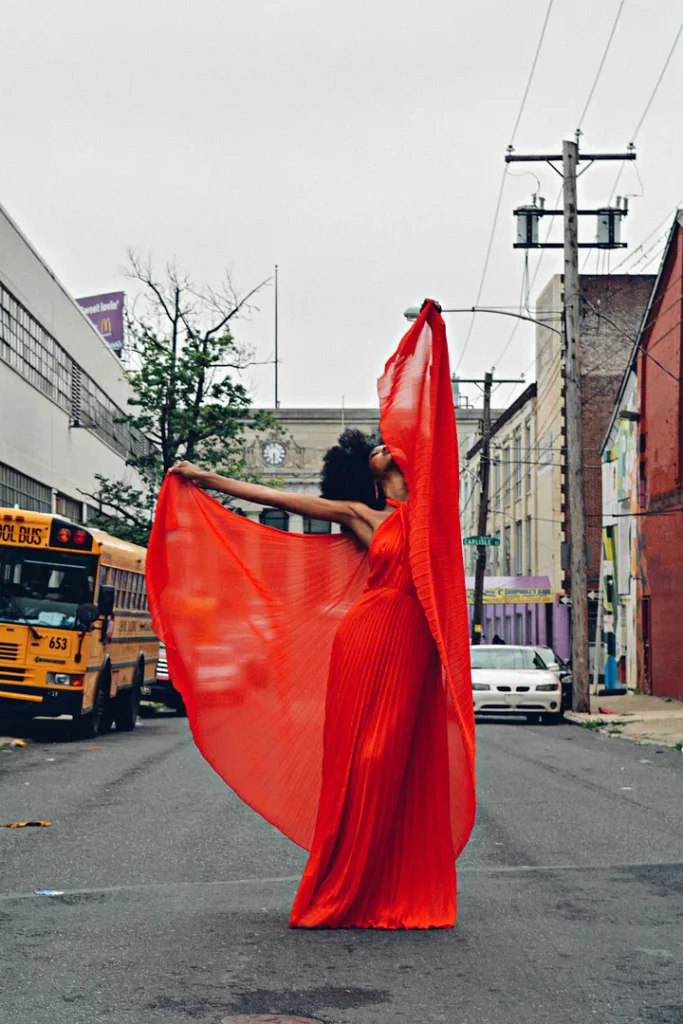
I head it in more than a few of the films, “Dolemite,” “Shaft,” “Superfly,” “Foxy Brown,” and my favorite, “Cleopatra Jones,” all a part of the genre that kept the lights on in the 70s in underrepresented theaters — Blaxploitation.
But it wasn’t just movements in film, and the launching of the careers of iconic actors such as Richard Roundtree and Pam Grier, Blaxploitation made a considerable impact on fashion, whether fashion wants to admit it or not.
And I suspect, as with most things having to do with crediting the Black community, it doesn’t.
I said what I said.
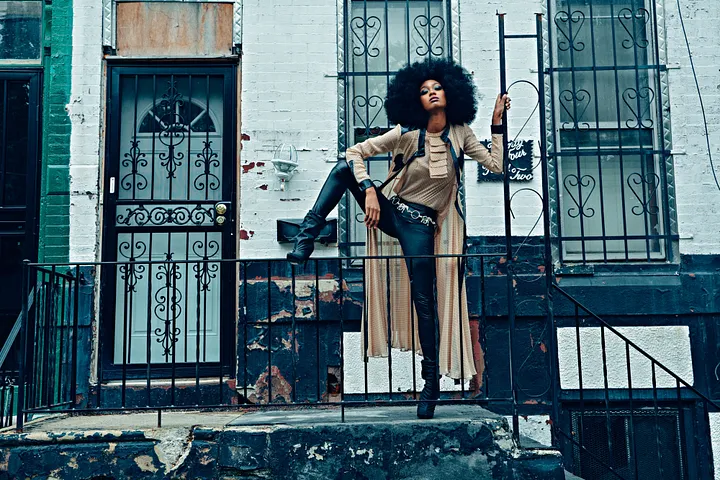
The characters for these films were fashioned to be heroes the Black community could relate to, which meant dressing them like the heroes of the time.
Detective Shaft played by Roundtree was always dressed in black and wore his hair in a mini afro — a reference to the trend most popular among men belonging to the Black Panthers. Pam Grier as Foxy Brown also remembered the women of the Black Panthers with their flared trousers, suede accessories and afro hair.
In other films such as “Superfly” and “Dolemite” the focus was mainly on the cut and the fabrics of the clothes worn by the male protagonists, reminiscent of the tailoring exhibited by figures of the caliber of Malcolm X, Muhammad Ali, and later Stokely Carmichael and Eldridge Cleaver. However, the making of the costumes peaked in the films “Cleopatra Jones: license to kill,” “Sparkle,” and “Mahogany” with the unforgettable Diana Ross.
Model and actress Tamara Dobson starred in the 1973 Cleopatra Jones film in which Cleo, a US government special agent in Los Angeles, dismantles a drug cartel run by a woman called “Mommy.” The garments worn by the Dobson were all rigorously designed by the Italian stylist Giorgio di Sant’Angelo.
In the opening scene of the film, Dobson as Cleo jumps out of a helicopter in a black velvet cloak edged with foxtail fur and a fur hood. Like Yves Saint Laurent, Halston and Stephen Burrows, Giorgio di Sant ‘Angelo also made great use of draperies, exotic elements and furs: the latter were in fact a predominant element of Cleo’s wardrobe. Often layered and combined with important jewels, as well as a super fluffy afro hair, they gave Cleopatra Jones’ look all the glamor of the 70s.
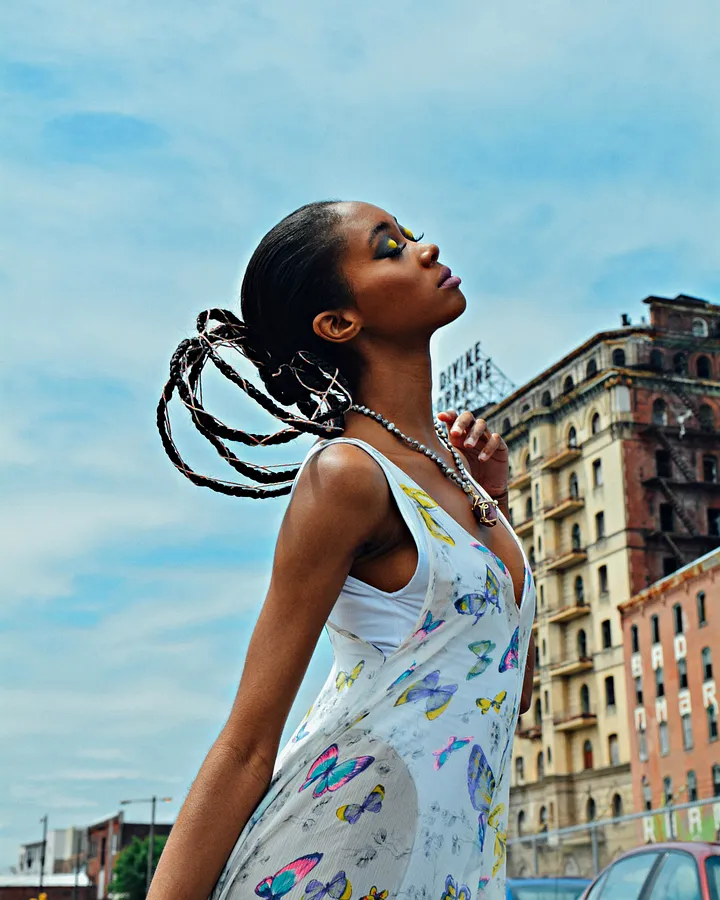
“Mahogany” tells the story of Tracy Chambers, visual merchandising assistant and part-time fashion student in Chicago. With love and politics as a backdrop, the 1975 film primarily tells a fashion story that succeeds in portraying the major trends of the 70s thanks to the individual characters. It’s important to note that some of the costumes for Mahogany were designed by Ross herself.
Probably the most unforgettable outfit of the film is a cocktail dress designed by Tracy for a school assignment: a yellow dress with a pleated chiffon top in the colors of the rainbow.
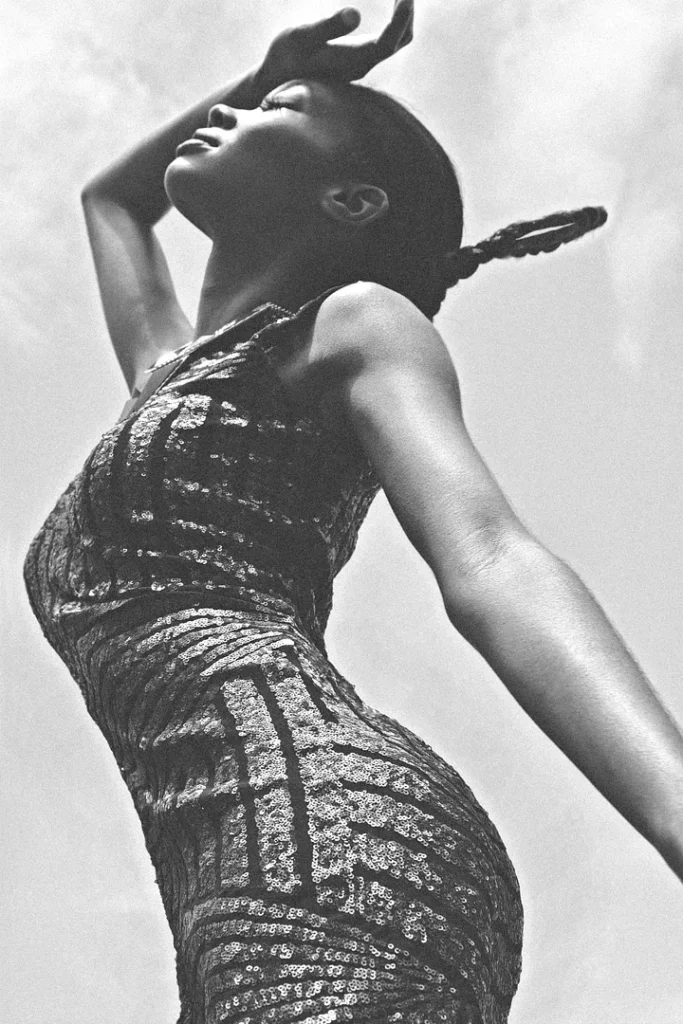
During the film, numerous shots and reports also appeared on the screen that portrayed dresses and rompers decorated so richly that they could easily compare with the creations of the main stylists of the time. However, the highlight of the film is in the last scene, with a parade full of Chinese and oriental influences similar to the leitmotif of the Met Gala in New York and the new exhibition on display at the Metropolitan Museum of Art: China Through the Looking Glass.

